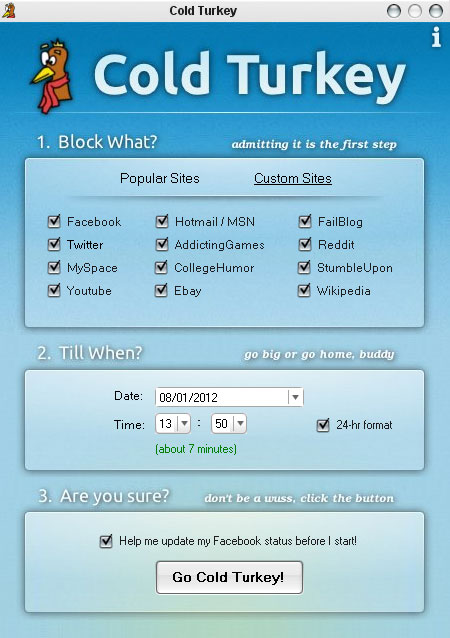

Ethnic Turks, based in Constantinople (now Istanbul), ran the empire that spanned the Near East, Middle East and North Africa. The Ottoman Empire was then at its height. To the English, the newly discovered American birds looked like the guineafowl – a bird native to Africa but which was introduced into Europe by Arab and Turkish traders in the 14th and 15th centuries.Īnd it is this point in the story that the modern-day turkey gets its name. The Spanish, for instance, thought turkeys looked like peacocks, so they used the Spanish word “ pavos.” The French called them “poules d’Indes,” or Indian chickens, later shortened to “ dinde.” By the 1520s, turkeys were being bred in Spain, and soon the delicacy was appearing on rich people’s tables across Europe.īut what to call the new import? Europeans in the New World were overwhelmed by the new plants and animals they saw, and often used familiar names for unfamiliar species. The North American turkey – the kind that many families will be carving up this Thanksgiving – was being domesticated in Mexico some 2,000 years ago.Įuropeans glimpsed their first turkeys around 1500, when Spanish explorers arrived in the Americas and brought them back to the mother country. But let’s start with what has become the centerpiece of most Thanksgiving Day dinners.
#Cold turkey software service name movie#
Which may be why this Thanksgiving, most people will opt for the less ornithologically precise “Turkey Day.”Īnd just as turkey is a versatile meat – think of those leftover options! – so too is the word “turkey,” which can refer to everything from the bird itself to a populous Eurasian country to movie flops.Īs a scholar who studies word origins, I love “talking turkey” – not only how the bird came to be named, but also how the word has evolved over time. “Meleagris Gallopavo Day” is a bit of a mouthful.

A frozen turkey is displayed as people receive their frozen turkeys at a turkey and sides giveaway to inner-city families for Thanksgiving Day on Novemin Los Angeles, California.


 0 kommentar(er)
0 kommentar(er)
